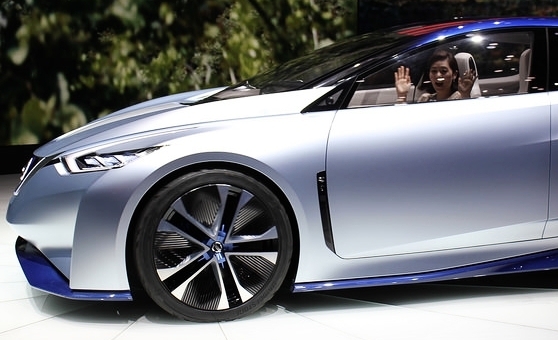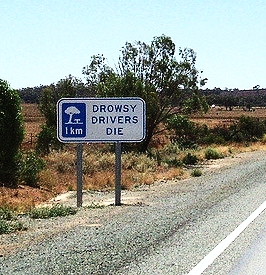However, although we know that talking or texting while driving is an issue, the problem isn't just calling or sending a text message to catch up with your best friend. Drivers with smart phones are now even using Snapchat, Facebook, Instagram, Twitter, Google Maps, Spotify, and YouTube, all while operating a vehicle on busy roads. In a survey sponsored by the National Safety Council that focused on 2,400 drivers of all ages, 74% said they would use Facebook while driving, and 37% said they would use Twitter while behind the wheel, with YouTube (35%) and Instagram (33%) close behind.
CNN talked to Jennifer Smith, a mother of two and founder of the advocacy group StopDistractions.org. She lost her own mother in a crash nearly 8 years ago when a 20-year-old who was talking on the phone drove through a stoplight. Since then, Smith has devoted her life to helping other families who have become victims of distracted driving crashes by providing support, lobbying for legislation, and planning public awareness events. Smith believes that people need to really focus on what's important. "As I'm talking to new families, more and more of them are telling me, 'It's Snapchat,'" said Smith, whose daughters were 1 and 13 when their grandmother was killed in Oklahoma City. "It's Snapchat today, but then what is it tomorrow?...Social networking while driving is not necessary and should not be done by anyone, in any way, who's driving. Period. And somehow we've got to make the whole country understand that."
Also acknowledging the widespread problem of using social media while driving, Deborah Hersman, President and CEO of the National Safety Council commented, "We know that it's an under-reported issue and it's a lot like impaired driving in that way where people know it's not acceptable to do it, and yet a lot of people still do it anyway."
The Science Behind Distracted Driving
David Greenfield, founder of the Center for Internet and Technology, told CNN that the constant need to check our phones, even when operating a vehicle, is caused by the “addictive nature of smartphones and how our brain instinctively responds to those pings, which signal an incoming text or social media update.”
Smartphones are taking over the world. They are affecting our brains and behavior on a daily basis. When we hear the alert of a new message, social media notification, or new email, our brains get a dose of dopamine, which is a chemical that leads to an increase in arousal. “The dopamine reward centers are the same centers that have to do with pleasure from eating, pleasure from sex and procreation, pleasure from drugs and alcohol,” Greenfield said. “This reward circuitry is as old as time and if we didn’t have it, we probably wouldn’t exist as a species.”
Where the trouble arises however, is not the higher level of dopamine, but the shutdown of access to the prefrontal cortex, which is responsible for most of our judgement and reasoning. “The parts of the brain that say, ‘OK, how important is this text? Is this text worth dying for? Is this text worth killing somebody else for?’” Greenfield said. “The answer, of course, logically, would be ‘no,’ but if you have less access to that part of your brain when you’re in this state, which seems to be the case, then you’re not really using your judgement.”
Distracted Driving Prevention Apps
Scott Tibbitts, founder of a technology called Groove, believes he can help bring an end to distracted driving. His distracted driving prevention app sends a signal to the driver’s phone service provider, altering it to hold off on all texts and social media notifications while they are driving, and also prevents the driver from posting anything while the car is moving. Tibbitts compares the addiction to texting while driving to having an open bag of potato chips in the car. “I know I shouldn’t be eating potato chips, but just take a deep breath of that barbecue sauce. Well that’s what the ‘bing’ is. The ‘bing’ is “Oh, my gosh this might be the text message from my daughter that says, 'Dad, I need help,'” Tibbitts explained.















































